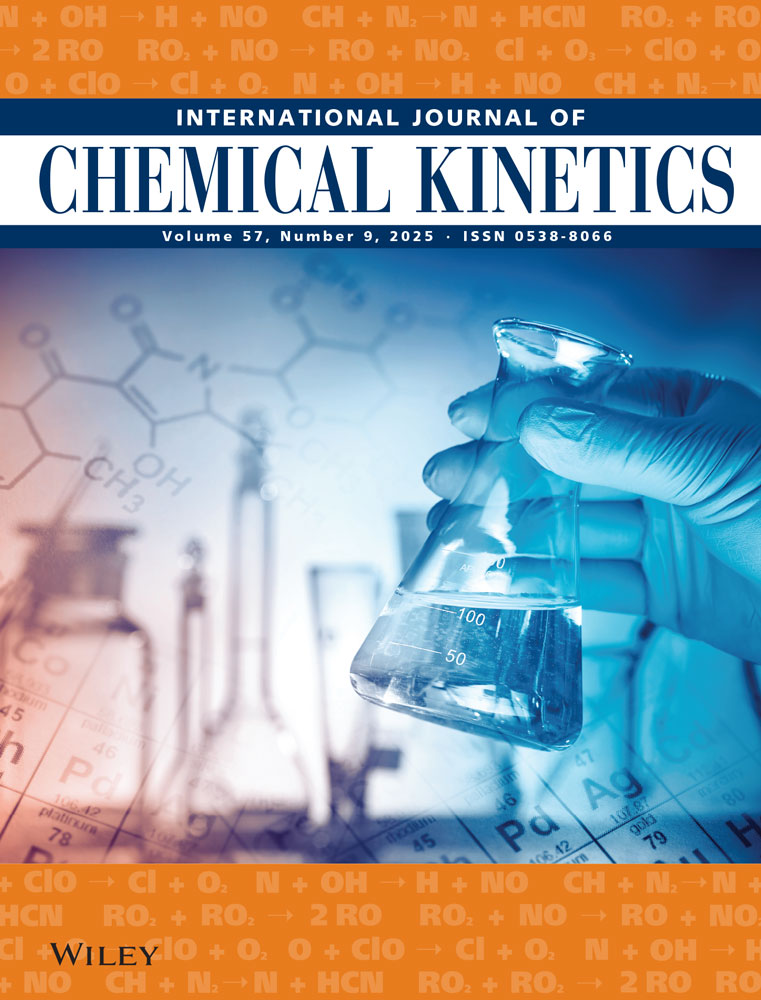Reactions of platinum(II) dipicolinate complex with amino acids—chelation and isomerization
Abstract
The kinetic course of the reactions of [Pt(dipictr)Cl]− (where H2dipic = pyridine-2,6-dicarboxylic acid; bonded in tridentate mode) with glycine, β-alanine, and L-histidine was followed at 25°C in aqueous medium at pH 3.00–10.73 at I = 0.5 mol dm−3 (LiClO4) spectrophotometrically and through 1H NMR spectral analysis. The selectivity of platinum(II) toward the amino acids with regard to chelation and isomerization is controlled by donor atoms and steric properties. The aquation equilibrium of the designated platinum(II) complex also affects the binding rate in the case of glycine and β-alanine. The reaction products have been isolated and characterized through 1H NMR spectra. © 2002 Wiley Periodicals, Inc. Int J Chem Kinet 34: 262–270, 2002




